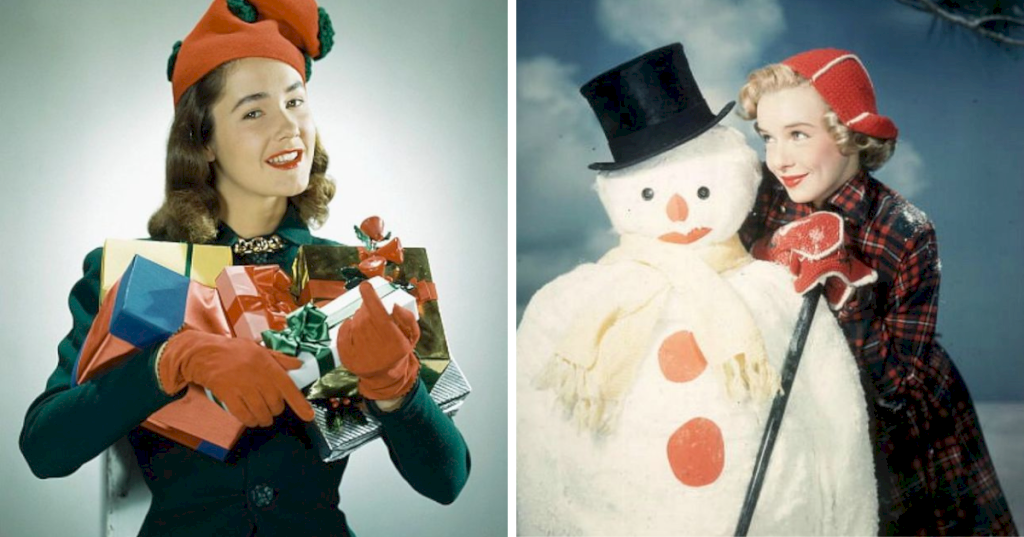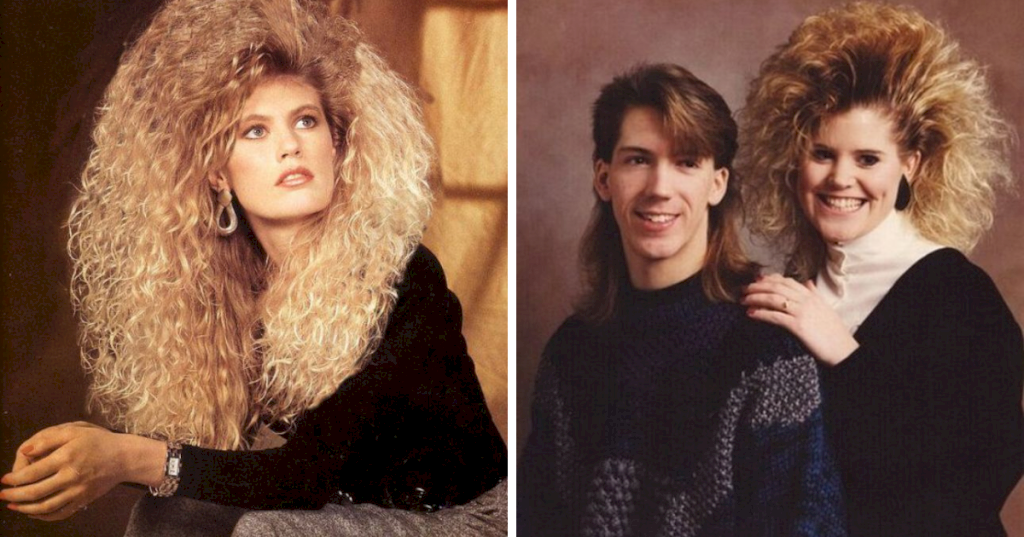In 1899 “The Alton Limited” train was built in Pullman, Illinois. This train was noted because of its uniform and symmetrical design. Therefore, it’s builders requested that a single panoramic photograph be taken of this exceptional train. Photographer George R. Lawrence was commissioned to take the photograph and a giant camera was built by J. A. Anderson.

The question arises as to why the Chicago & Alton Railway should have spent a reported $5000 to construct a camera to make only one exceptionally large plate. That was a lot of money in the first decade of the twentieth century; actually, the amount was enough to purchase a substantial house. As far as the railway company was concerned, the money was well spent. Both the camera and the train were described in great detail in the company’s pamphlet entitled “The Largest Photograph in the World of the Handsomest Train in the World.” The company’s enthusiasm and pride in the train was explained as follows:
“No train of cars had ever before been built with windows of the same size, shape, and style from mail car to parlor car, the cars in no train heretofore had all been mounted on standard six-wheels trucks, no former effort had been made to have every car in the train precisely the same length and height, and no railway, except the Alton Road, had ever caused the tender of its locomotives to be constructed to rise to the exact height of the body of the cars following, the hood of its locomotives to the exact height of the roofs of the cars. This gave a fascinating beauty to the train –– carrying out of the principal features with classic regularity –– the absolute unity of detail from cow-catcher to observation platform. Indeed this was what created, and impelled, the idea to obtain a photograph of the ‘Limited’ sufficiently large to readily impress the public with the train's uniform conformation.”
 |
| A spread from the Chicago & Alton pamphlet, “The Largest Photograph in the World of the Handsomest Train in the World,” including Lawrence’s image of the train. |
Building the camera took two and a half months to complete. The amounts of materials used to construct the camera were truly prodigious. Natural cherry wood was used throughout for the frame and bed. The bellows consisted of three layers: an outer covering of heavy rubber, a lining of black canvas, and an additional lining of opaque black material. Each fold was stiffened by a piece of whitewood ¼ in thick. This light-proof construction required two bolts of wide rubber cloth, more than 40 gallons of cement, and 500 ft of whitewood to ensure rigidity. The heavy bellows was divided into four sections and between each one there was a supporting frame mounted on small wheels to move freely on a steel track. The huge plate holder had a cloth-lined wooden roller curtain that was light-tight and, when in place on the camera, could be rolled back to uncover the glass plate just prior to exposure. It was lined with three thicknesses of light-proof material to prevent leaks while the plate was outside the camera. The wooden curtain contained about 80 ft2 of 3/8 in thick ash and was glued to the three layers by more than 10 gallons of cement. To ensure the smooth operation of the curtain, ball-bearing rollers were mounted every 2 in in the holder’s grooves in which it slid.
The camera alone weighed 900 pounds. With the plate holder, it reached 1,400 pounds. According to an August 1901 article in the Brooklyn Daily Eagle, the bellows was big enough to hold six men, and the whole camera took a total of 15 workers to operate.
A team of men also helped to transport the camera, one spring day in 1900, from the studio to a padded van, then a train, and finally to a field near Brighton Park, an ideal vantage point from which to shoot the waiting train. The conditions were clear but windy. After the camera was fully assembled, Lawrence set the exposure to two and a half minutes, and took the photograph.
 |
| J. A. Anderson (left) overseeing mammoth camera construction. |
 |
| Transporting the camera. |
 |
| Loading the camera onto the train. |
 |
| The camera getting transported to the shoot. |
 |
| Setting up the camera. |
 |
| Adjusting the bellows. |
 |
| Shooting the 2.5-minute exposure. |
Later, using a reported 10 gallons of chemicals, Lawrence developed a clear, crisp, 8-foot-long photograph of the Alton Limited.
 |
| The Alton Limited train shot by George R. Lawrence. |



